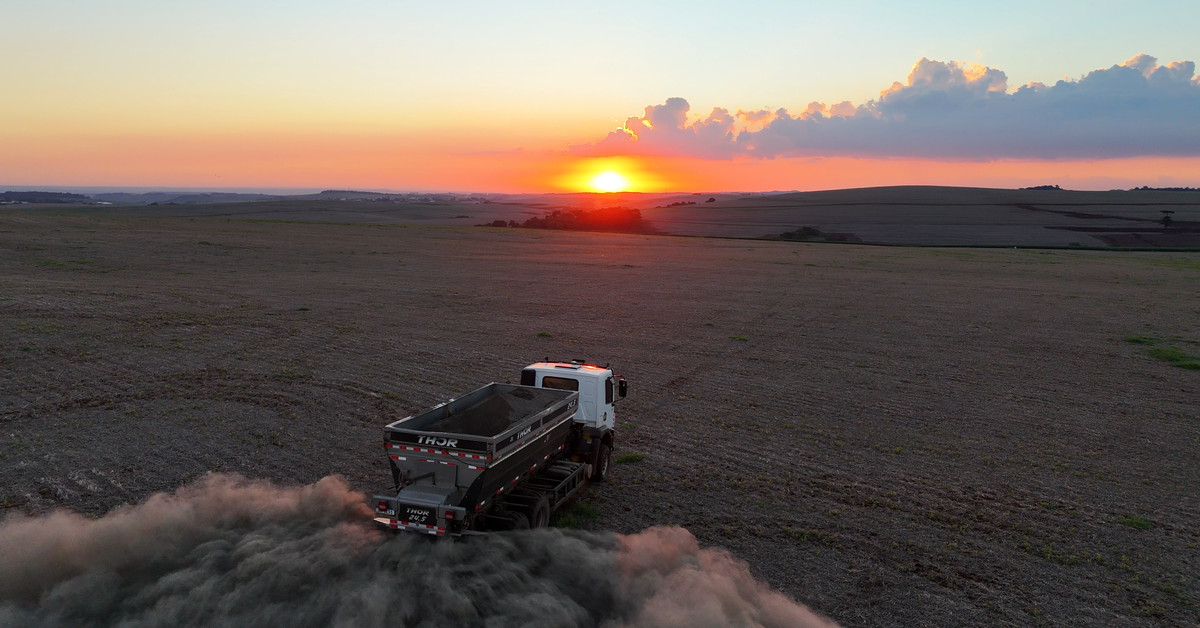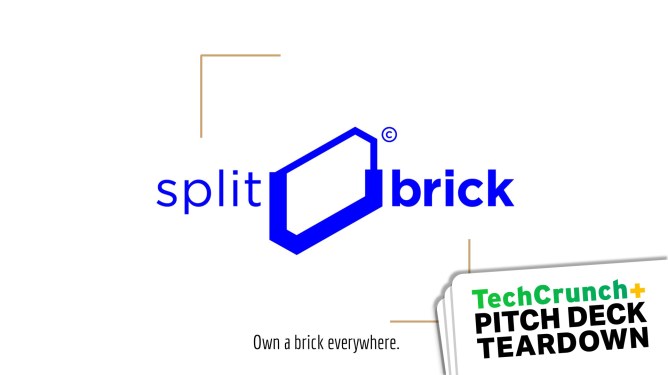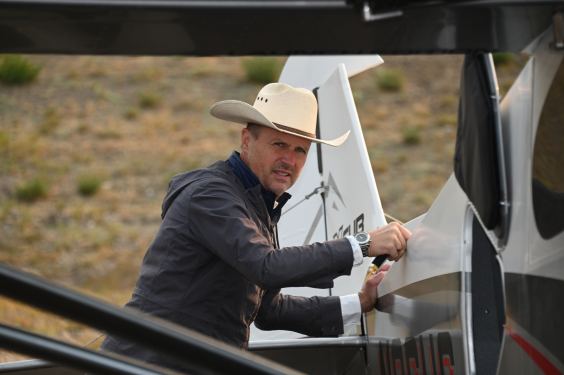===========================================================
Google and Other Big Companies Invest in Carbon Removal through Enhanced Rock Weathering
In an effort to counteract the impact of their pollution on the climate, big companies like Google, H&M Group, and Salesforce have collectively agreed to pay $27 million to Terradot, a Sheryl Sandberg-backed startup, to remove 90,000 tons of carbon dioxide from the atmosphere. This deal is part of a broader strategy called Frontier, led by Stripe, Google, Shopify, and McKinsey Sustainability.
A Low-Tech Approach to Carbon Removal
Terradot uses enhanced rock weathering (ERW), a relatively low-tech tactic that aims to speed up a natural process that takes thousands of years. This process involves crushing rocks and spreading them out over a large area, increasing the surface area exposed to carbon dioxide. The crushed rocks react with CO2 in water as bicarbonate, which eventually makes its way to the ocean, sequestering the carbon.
Google’s Deal: A Big Step for Carbon Removal
Google has announced its own deal to purchase an additional 200,000 tons of carbon removal from Terradot. While the company declined to disclose the price, sources suggest it could be around $60 million if the cost is similar to the Frontier agreement. This deal marks the biggest purchase yet of ERW and demonstrates Google’s commitment to reducing its carbon footprint.
A Glimmer of Hope in the Fight Against Climate Change
The partnership between Terradot and these big companies is a significant step forward in the fight against climate change. While experts caution that carbon removal should not replace emissions reductions, it can be a valuable tool in slowing down global warming.
The Science Behind Enhanced Rock Weathering
Enhanced rock weathering is based on the natural process of rock weathering, which occurs when rainfall breaks down rocks, releasing calcium and magnesium ions. These ions trigger a chemical reaction that traps CO2 in water as bicarbonate. By accelerating this process, Terradot aims to capture more carbon dioxide from the atmosphere.
Challenges Ahead
While ERW shows promise, there are still challenges to overcome. Measuring the effectiveness of the process is difficult, and it’s unclear how much carbon is actually captured and sequestered in the ocean. Additionally, fertilizer use can limit the amount of carbon captured through ERW.
Terradot: A Startup with a Big Vision
Terradot was founded by James Kanoff, Sasankh Munukutla, and Scott Fendorf, who met while working on a research project at Stanford University. The company has partnered with Brazil’s agricultural research agency (EMBRAPA) to use ERW on over 100,000 hectares of land. While the process is still in its early stages, Terradot aims to deploy ERW widely and develop more rigorous measurement tools.
Conclusion
The partnership between big companies like Google and startups like Terradot marks a significant shift towards carbon removal through enhanced rock weathering. While challenges remain, this approach offers a glimmer of hope in the fight against climate change.
What’s Next?
As the world continues to grapple with climate change, it’s essential to explore all available solutions. Carbon removal through ERW is one such solution that can be used alongside emissions reductions to combat global warming.
Related Articles
- Google’s Future Data Centers Will Be Built Next to Solar and Wind Farms
- Google Inks Nuclear Deal for Next-Generation Reactors
- Carbon Dioxide Emissions from Fossil Fuels Are Already Making Heatwaves, Droughts, Wildfires, Storms, and Other Climate Disasters More Dangerous
Comments
- "I think this is a great step forward in the fight against climate change. We need all available solutions to combat global warming."
- "While I agree that carbon removal can be an effective tool, we should not forget that emissions reductions are still essential. Both strategies must work together to slow down climate change."



